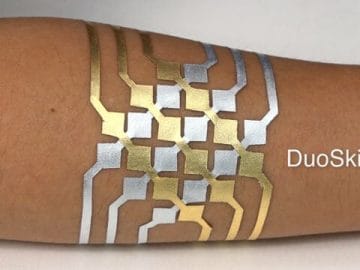There is still a lot to know about the wirings inside the brain, and a new Massachusetts Institute of Technology discovery of a fiber opens doors to improve brain studies. Researchers from MIT have successfully developed one flexible fiber that does wonders with the brain.
In an experiment, they have delivered a combination of optical, electrical, and chemical signals back and forth into the brain through one flexible fiber than is no thicker than a human hair.
This is done for the first time. What was only imagined two years ago is now a reality.
MIT’s flexible fiber was made to be as soft and as flexible as the brain tissue to let the implants in the brain in place and allow them to function longer, as well as to collect data extensively.
Neurologists currently use stiff, metallic fibers that only make it possible to leave implants in the brain for a short period of time.
Mice were used in the tests. They were injected with viral vectors that carried genes called opsins, which sensitize neurons to light, through one of two fluid channels in the fiber.
Just as the opsins took effect, the researchers sent a pulse of light through the optical waveguide in the center. Then, they recorded the resulting neuronal activity with six electrodes to pinpoint specific reactions. The entire process happened in a 200-micrometer thick flexible fiber.

To get the same results, previous procedures involve separate devices that needed to be aligned. These devices include needles to inject viral vectors for optogenetics, optical fibers for light delivery, and arrays of electrodes for recording.
Polina Anikeeva, one of the researchers and the Class of 1942 Career Development Professor in the Department of Materials Science and Engineering, says that getting that alignment right in practice was “somewhat probabilistic”. “We said, wouldn’t it be nice if we had a device that could just do it all,” she adds.
She went on to say that the flexible fiber they developed can deliver the virus (containing the opsins) straight to the cell, and then stimulate the response and record the activity — and the fiber is sufficiently small and biocompatible so it can be kept in for a long time.
Because of its size, these fibers could be used simultaneously in different regions of the brain activity.
All of this is possible thanks to the “wires” that is both conductive and flexible. It was made from a composite of conductive polyethylene doped with graphite flakes.
Source: MIT News














